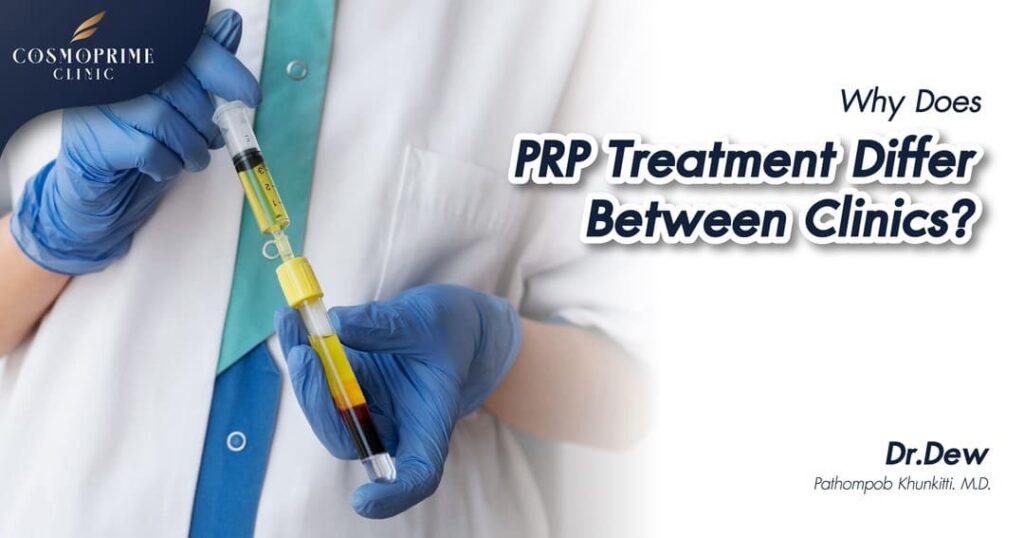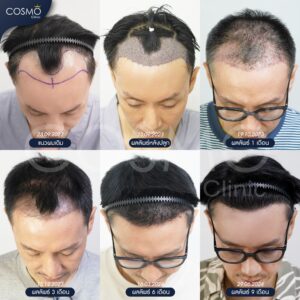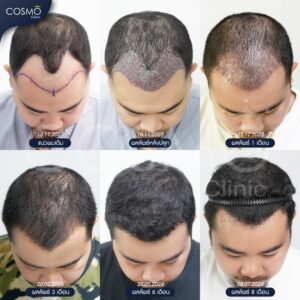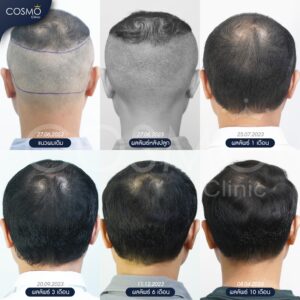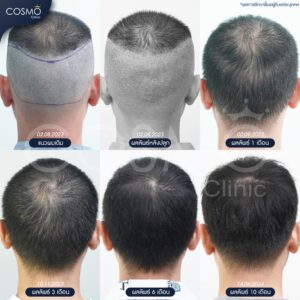Discover why PRP (Platelet-Rich Plasma) treatments differ across clinics. Learn about PRP preparation methods, equipment, patient guidelines, and factors affecting treatment effectiveness.
table of contents

Why Does PRP Treatment Differ Between Clinics?
PRP (Platelet-Rich Plasma) is a widely used medical treatment known for its regenerative properties. It is commonly used for:
- Treating hyperpigmentation (dark spots, melasma)
- Stimulating collagen production
- Joint injections to relieve pain
- Hair follicle stimulation for hair regrowth
- Wound healing in diabetic patients
The effectiveness of PRP relies on growth factors, which promote tissue repair, improve blood circulation, and reduce pigmentation. However, not all PRP treatments deliver the same results. Let’s explore the factors that cause these differences.
1. The Importance of the PRP Centrifuge Machine
The centrifuge machine used to separate plasma from blood significantly impacts PRP quality. Different machines use varying technologies and configurations, including:
- Swing-out (Horizontal) Rotor: Provides better platelet yield due to even distribution.
- Fixed-Angle Rotor: May cause platelet loss due to the slanted angle during centrifugation.
2. The Type of PRP Collection Tube Matters
The PRP tube used for blood collection directly affects platelet concentration. For effective treatments, PRP should contain at least:
- 3x the normal platelet concentration (~1,000,000 platelets/μL) for skin treatments (e.g., pigmentation reduction, hair stimulation).
- 5x the normal platelet concentration for deeper tissue treatments (e.g., joint repair, wound healing).
3. Patient Preparation and Aftercare
Patient behavior before and after PRP therapy plays a crucial role in its success. Key recommendations include:
✅ Avoid Alcohol: Alcohol inhibits platelet activation. Studies show that even 1.15 mg/dL of alcohol can impair PRP efficacy. Patients should avoid alcohol 48 hours before and after treatment.
✅ Follow Aftercare Instructions: Proper post-treatment care supports optimal healing and enhances PRP’s regenerative effects.
4. Cloudy PRP – What Does It Mean?
If PRP appears cloudy, it may indicate the presence of excess lipids (fat particles) in the plasma, known as lipemia. This is common in:
- Diabetic patients
- Individuals with high triglyceride levels
- Those consuming high-fat diets before blood collection
Cloudy PRP is less effective because lipids interfere with platelet absorption and activation. If plasma appears cloudy after centrifugation, it is not recommended for use.
5. Physician Expertise Matters
The knowledge and skill of the treating physician are critical for successful PRP therapy. Experienced doctors:
- Understand optimal platelet extraction techniques.
- Use advanced PRP preparation protocols tailored to each patient’s needs.
- Provide accurate patient guidance for pre- and post-treatment care.
Choosing a qualified and experienced professional ensures better outcomes and minimizes complications.
Why Do Some People Not See Results from PRP?
If PRP treatments fail, these common issues may be the cause:
❌ Low Platelet Concentration: Inadequate centrifugation or poor-quality tubes.
❌ Improper Technique: Misapplication by inexperienced practitioners.
❌ Patient Non-Compliance: Failure to follow pre/post-care instructions.
❌ Biological Factors: Underlying medical conditions affecting platelet function.
How to Ensure Effective PRP Treatment?
To maximize the benefits of PRP therapy:
- Choose a reputable clinic with advanced equipment and skilled professionals.
- Ask about their PRP preparation method, including centrifuge type and platelet concentration.
- Follow medical advice regarding alcohol avoidance and post-treatment care.
- Monitor results and discuss concerns with your physician for ongoing improvement.
FAQs About PRP Treatment Differences
Q: Why does my PRP treatment look different from another clinic’s?
A: Differences in centrifuge settings, blood collection tubes, and handling techniques affect PRP’s appearance and efficacy.
Q: How do I know if my PRP treatment is high quality?
A: High-quality PRP should have 3-5x platelet concentration and be clear or light yellow without cloudiness.
Q: Can cloudy PRP still be used?
A: It is not recommended, as excess lipids can reduce the effectiveness of the treatment.
Q: How soon will I see results from PRP therapy?
A: Visible improvement may take 4-6 weeks, with multiple sessions enhancing long-term results.
Q: How can I prepare for PRP treatment?
A: Avoid alcohol and high-fat foods 48 hours before treatment, and follow your doctor’s aftercare guidelines.

